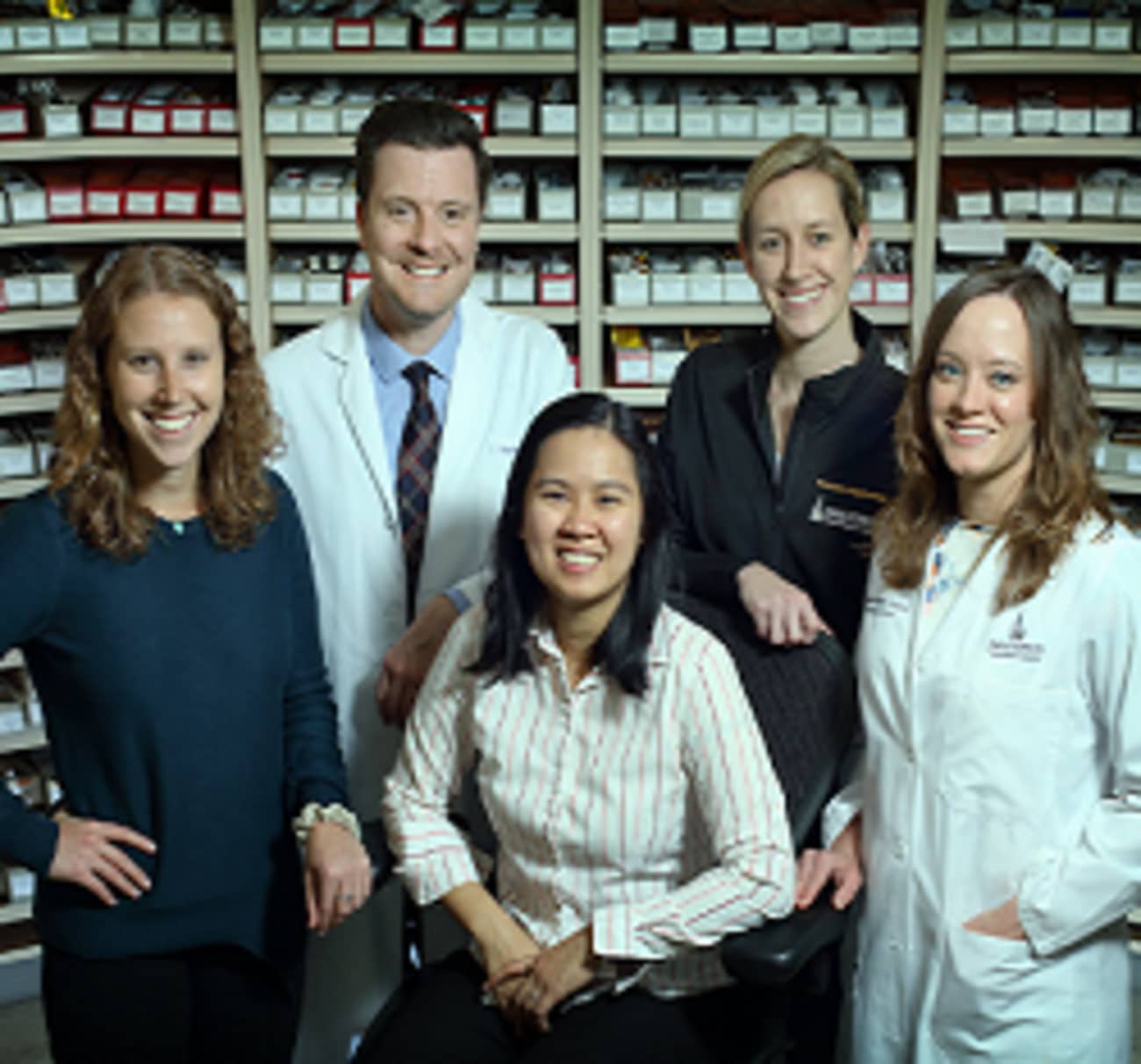
News Release
January 13, 2017

One of the most common causes of acute kidney injury (AKI) in non-critically ill children in the hospital is exposure to nephrotoxic medications, yet these young patients are not being routinely screened for kidney damage, notes pediatric nephrologist Jeffrey Fadrowski of the Johns Hopkins Children’s Center.
“These medications are important in treating conditions such as infections or pain in hospitalized children, but we need to remember that they may be harmful to the kidneys,” says Fadrowski. “When using them we should monitor kidney function to ensure we’re not causing AKI, which can lead to chronic kidney disease.”
Indeed, as a 2014 study in The Journal of Pediatrics showed, six months after high nephrotoxic medication exposure-associated acute kidney injury in hospitalized children, 70 percent of patients had evidence of residual kidney damage, such as proteinuria and hypertension. To reduce the risk of such outcomes, the Johns Hopkins Children’s Center has joined a national collaborative of 13 children’s hospitals called NINJA, or Nephrotoxic Injury Negated by Just-in-time Action.
The action piece of the initiative, explains Fadrowski, is systematic monitoring of patients at highest risk for AKI. Working with the hospital’s clinical analytics team, Fadrowski developed a screening program within the hospital’s electronic medical record. Each day his team receives a report of hospitalized patients who meet NINJA screening criteria, including being simultaneously exposed to three nephrotoxic medicines, or being exposed for three days or more to one particularly toxic class called aminoglycosides. For patients who meet the exposure criteria, the NINJA team recommends a daily check of their creatinine level, the most easily obtained measure of kidney function. The intent is to raise awareness about the risk for AKI in exposed patients, detect it early, limit its severity if it occurs, and, when possible, help the clinical teams reduce exposure to these medications.
The results?
The national NINJA collaborative confirmed the scope of the problem. Among patients meeting exposure criteria, 25 percent experience AKI. However, with the NINJA program, there was a 42 percent reduction in the number of days of AKI among exposed patients.
“We know NINJA works,” says Fadrowski. “NINJA helps the medical team recognize the risk. This awareness helps to prevent the kidney injury and sometimes leads to less use of nephrotoxic medications when they are not necessary.”
However, even with NINJA screening, some patients do develop AKI. But catching it early, Fadrowski notes, can make it less severe, which is better for kidneys in the long term.
“That’s better for children currently hospitalized because acute kidney injury is associated with longer hospital stays and worse outcomes,” says Fadrowski. “We are anticipating that NINJA will lead to less AKI and thus shorter hospital stays.”
The NINJA initiative, conceived at Cincinnati Children’s Hospital Medical Center, is currently confined to medical-surgical units at the Johns Hopkins Children’s Center but in the future will be implemented in the hospital’s intensive care units. The NINJA team at Johns Hopkins Children’s Center includes pediatric pharmacist Elizabeth Goswami, pediatric nephrology nurse Emma Sexton, clinical analytics specialist Elys Bhatia, quality and safety expert Carol Rosenberg, and data analyst Erica Lander.

